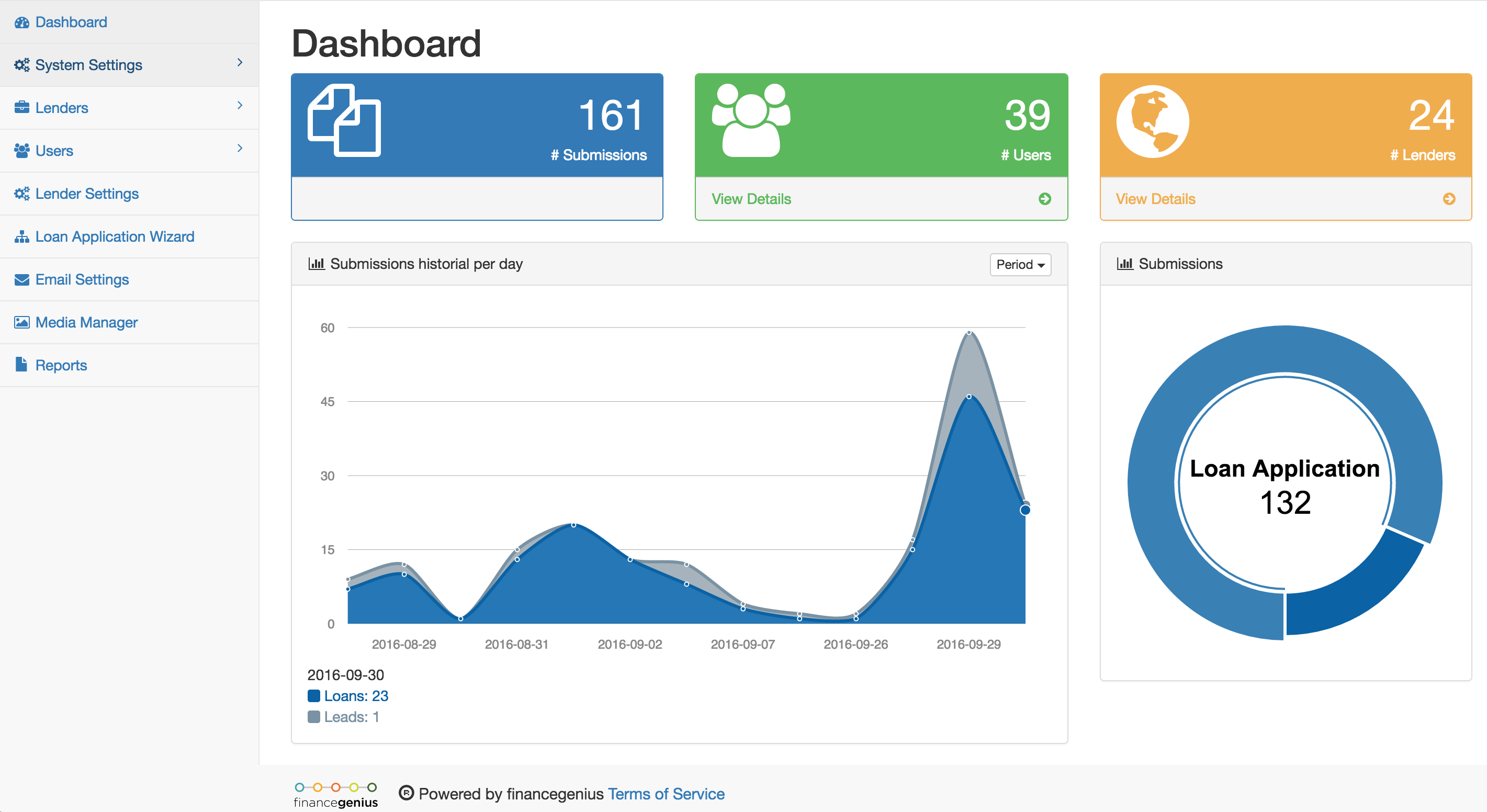Manual Collateral
Since the beginning of time, collateral has been input into the LOS by means of a form that integrates with NADA. Due to the limitations of the NADA bookout service, new and rare cars are generally unacceptable to our system. The solution was to allow manual collateral input. Because we started collateral with NADA, the system was already somewhat complex, though some care was taken to abstract out the bookout type. Still, our solution had to expand upon that abstraction, particularly in back-end persistence and front-end KnockoutJS field bindings.





